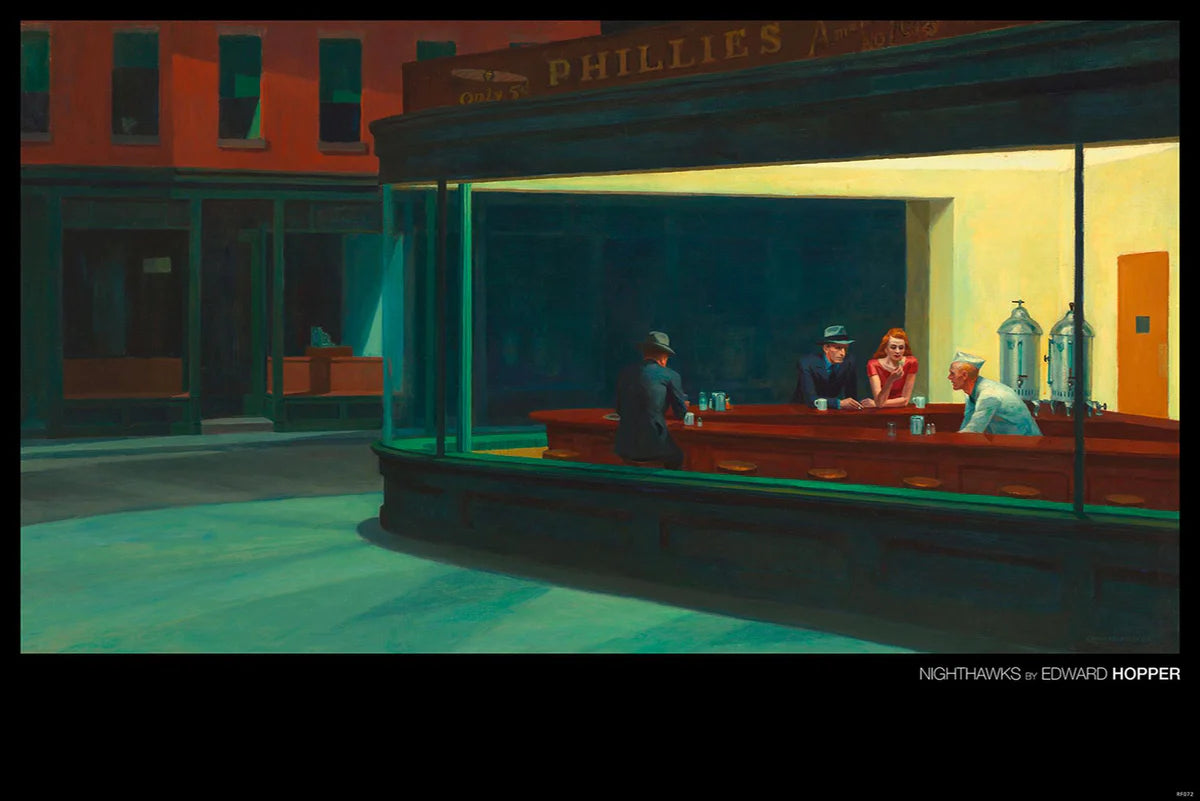Welcome to my blog post about one of Japanese artist Katsushika Hokusai's most famous works: "Boy on Mount Fuji". In this mesmerizing painting, we discover the timeless beauty of nature and Hokusai's mastery of rendering. Join me on a journey to explore the meaning and artistic value of this masterpiece.
The Majestic Mount Fuji: Mount Fuji is undoubtedly one of Japan's most iconic natural formations and plays an important role in Japanese culture. In "Boy on Mount Fuji," Hokusai captures the mountain's lofty presence and emphasizes its monumental stature. The careful brushstrokes and use of color create a vivid depiction of the mountain rising majestically above the landscape. Hokusai succeeds in capturing the calm and at the same time the powerful aura of Mount Fuji.
The Boy's Modesty: In the foreground of the painting we see a boy gazing intently at Mount Fuji. Despite the imposing size of the mountain, the boy comes across as humble and respectful. Its delicate shape stands in stark contrast to the mighty natural backdrop. This can be interpreted as symbolizing human connection with nature and our capacity for admiration and humility. The boy reminds us of the importance of living in harmony with our natural environment.
The artistic technique: Hokusai was a master of ukiyo-e painting, a traditional Japanese printing technique. In "Boy on Mount Fuji" he shows his skill in the representation of light and shadow as well as in the precision of the line. The skilful use of colors and textures creates an atmosphere of depth and vitality. Hokusai's masterful technique gives the painting a timeless quality that continues to inspire admiration today.
Nature as an expression of impermanence: A significant concept in Japanese aesthetics is the perception of impermanence, known as "Mono no Aware". "Boy on Mount Fuji" clarifies this notion by showing us the beauty of nature, which is at once ephemeral and ephemeral. Changing with the seasons, Mount Fuji reminds us that nothing in nature stays the same forever. This contemplation of transience gives the painting a deep emotional dimension.
Conclusion:
Katsushika Hokusai's "Boy on Mount Fuji" is a stunning work that introduces us to the timeless beauty of nature. It reminds us of the power and splendor of nature and our connection to it. Hokusai's masterful technique and subtle portrayal of the boy invite us to contemplate the impermanence of life and appreciate the moment. This painting remains a timeless symbol of the beauty and grandeur of nature, inspiring us to reflect and protect our relationship with the environment.
You can find the corresponding poster here:



